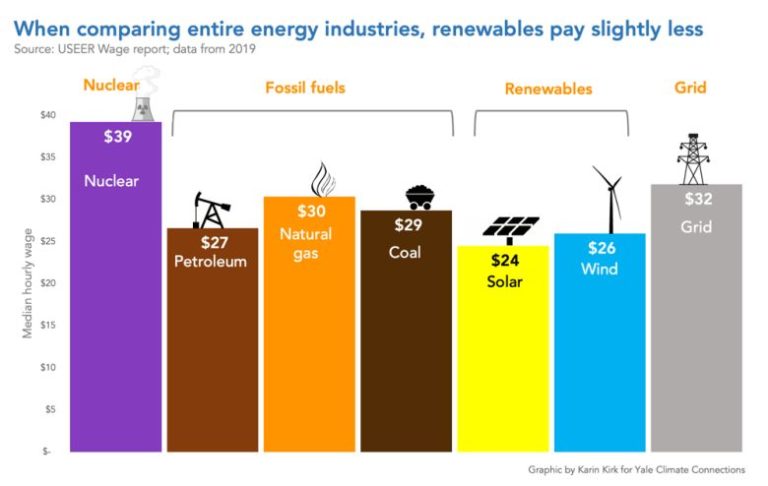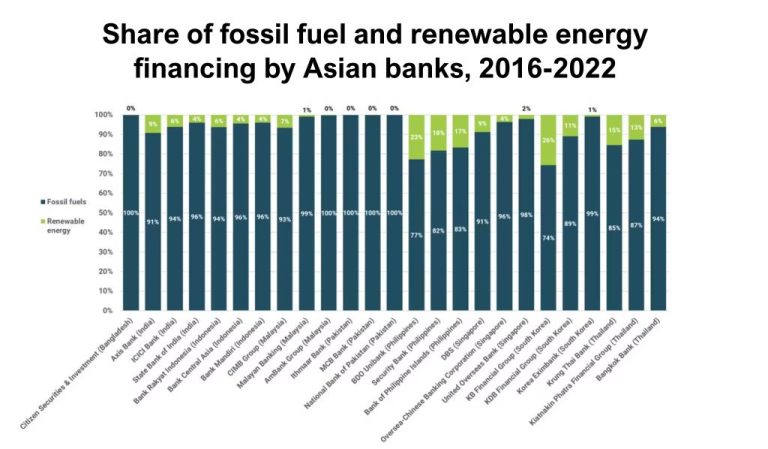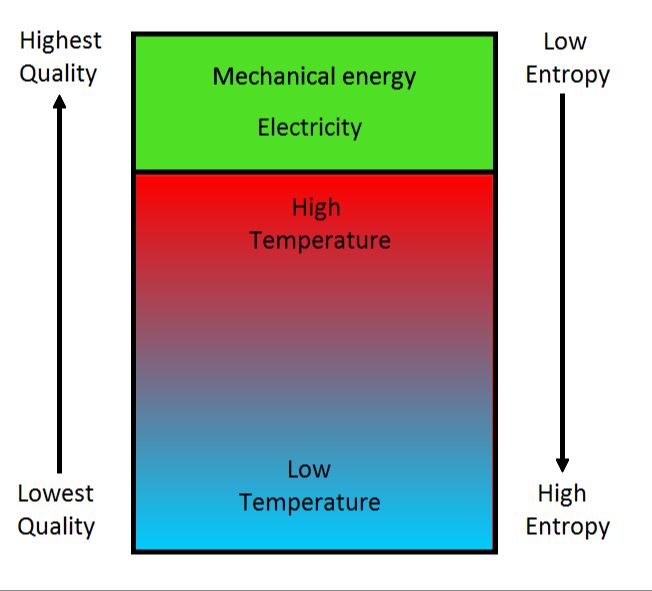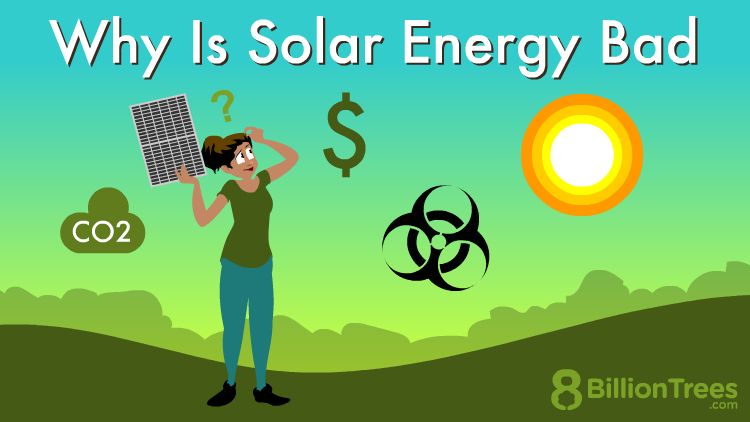How Long Do Solar Panels Take To Pay For Themselves?
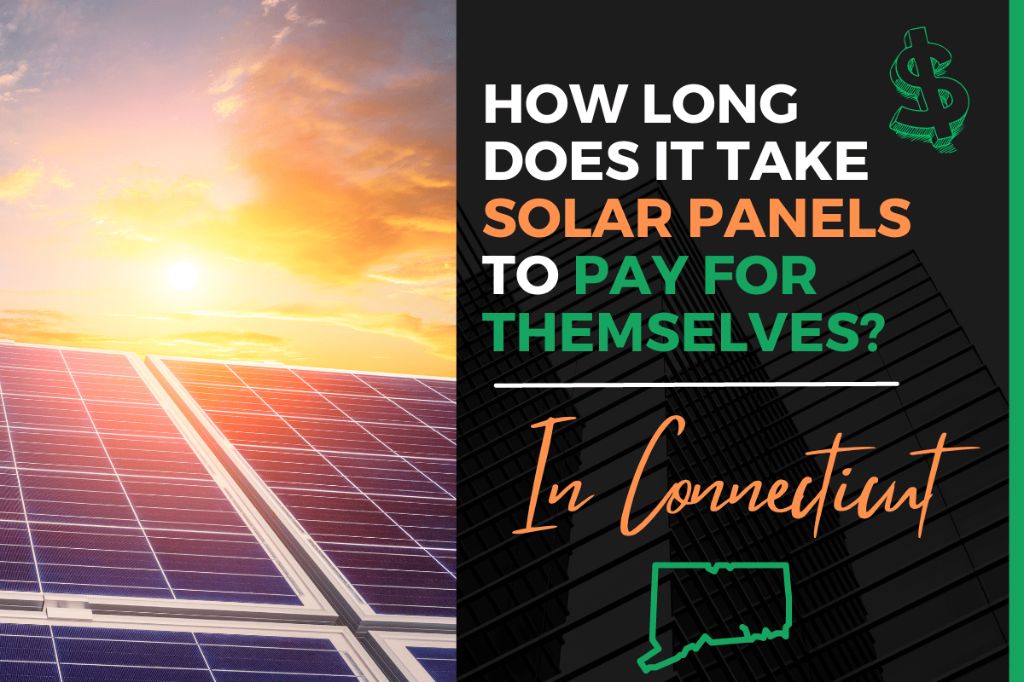
Solar panels have become an increasingly popular way for homeowners to reduce their electricity bills and lower their carbon footprint. However, the upfront cost of purchasing and installing solar panels can seem daunting. A key question many homeowners ask is: how long will it take for the solar panels to pay for themselves?
The “payback period” refers to the length of time required for the energy savings and tax credits from solar panels to surpass the total costs. In other words, it is the break-even point where the panels essentially pay for themselves. The average payback period for solar panels in the U.S. ranges from 6 to 12 years, but can vary significantly depending on your specific circumstances.
In this article, we will examine the various factors that impact solar panel payback periods, including upfront costs, electricity bill savings, incentives and rebates, net metering policies, and financing options. With an understanding of these variables, you can better evaluate the return on investment timeline for residential solar panels.
Upfront Costs
The main upfront costs for a solar panel system include the solar panels themselves and the inverters that convert the DC electricity from the panels to AC electricity for your home. According to NERDWALLET, solar panels cost around $2.50 to $3.50 per watt. So for a typical 6 kW system, you can expect to pay $15,000 to $21,000 just for the solar panels. Inverters cost around $0.20 to $0.40 per watt, so add another $1,200 to $2,400. Other hardware like racking, wiring and disconnect switches will add a few hundred to a few thousand more.
Installation Costs
The installation of solar panels comes with additional labor and permitting costs. Labor costs cover the pay for the crew who will install the solar panels and make the necessary electrical connections. The typical range for labor costs is $1 to $4 per watt depending on system size and geographic location, with larger systems generally having lower per-watt labor costs. Installation for a typical 6 kW system costs around $3,000-$4,000.
Most areas also require a permit and inspection for installing a solar energy system. Permitting costs can range from $200 to over $1,000 depending on your location and complexity of the installation. These fees go to the local permitting department to cover plan review and inspection of the system to ensure proper installation and safety.
Electricity Bill Savings
Solar panels can significantly reduce electricity bills by generating your own clean energy. According to Energysage, the average homeowner can save between $20,000 and $96,000 over the 25-30 year lifetime of a solar panel system, depending on electricity costs and rates in your area [1].
The amount of savings on your electricity bill depends on several factors, including the size of your solar panel system, the amount of sun exposure, and local electricity rates. An average 5 kW residential solar system can reduce monthly electric bills by $100-$150 according to Ecoflow, a solar solutions company [2].
Larger solar systems will lead to greater electricity bill savings. According to MarketWatch, a typical 6 kW home solar system generating 9,000 kWh per year can save around $1,432 annually [3].
Solar panel electricity savings are biggest in areas with higher energy rates and more sun exposure.
Tax Credits and Incentives
Tax credits and incentives at the federal, state, and local levels can significantly reduce the upfront costs of installing solar panels. The main federal tax credit is the Investment Tax Credit (ITC), which allows homeowners to deduct 30% of installation costs from their federal taxes in 2024 and 2025.
This federal solar tax credit will decrease to 26% in 2033 and 22% in 2034 before expiring entirely (unless extended by Congress). In addition to the ITC, homeowners may qualify for other federal incentives like the Residential Clean Energy Credit.
Many states and utilities also offer rebates, performance-based incentives, sales tax exemptions, and property tax exemptions to make solar more affordable. These can reduce costs by 25-35% in some cases. The Database of State Incentives for Renewables & Efficiency provides a comprehensive list of available local and state solar incentives.
Maintenance Costs
Proper maintenance is crucial to ensure solar panels continue operating efficiently over their 25-30 year lifetime. Maintenance costs cover items like cleaning panels, inspecting electrical connections, and making minor repairs. According to Roof Gnome, the average cost for solar panel maintenance falls between $400 to $740 per year.
The main maintenance tasks include checking electrical connections, cleaning panels, removing debris and snow when applicable, and inspecting mounts and racks. Most solar companies recommend getting panels professionally cleaned 1-2 times per year, at a typical cost of $150-300 per cleaning. Minor repairs like replacing a broken panel or faulty inverter may also be needed over time, at an additional cost.
Overall, for a typical 5kW residential system, total lifetime maintenance costs often range from $10,000 to $15,000. Factoring in these expenses is important when calculating the payback period and return on investment from a solar panel system.
Financing Options
There are several options to finance solar panels and spread out the upfront costs over time (Solar Financing: How To Pay For Solar Panels). The three main options are solar loans, power purchase agreements (PPAs), and solar leases.
With a solar loan, you borrow money to pay for the system and then make monthly payments over a term of 10-25 years. Loans can come from banks, credit unions, or specialized solar lenders. Interest rates vary but are often lower than other types of loans (What to Know About Solar Panel Financing).
A PPA allows a solar company to install a system on your home for little or no money down. You then agree to purchase the power produced from the solar company at a fixed rate, which is usually lower than your utility. The solar company owns and maintains the system. PPAs typically range from 10-25 years.
With a solar lease, you pay a solar company monthly payments to use their solar panels installed on your home. You benefit from the energy produced but don’t own the system. Leases are generally 10-25 years. At the end, you may have the option to buy the system.
The best financing option depends on your goals and financial situation. Consult with solar installers to learn about available loans, incentives, and financing terms in your area.
Net Metering Savings
One way solar panels can help you save money is through net metering. Net metering allows solar panel owners to sell any excess electricity their system generates back to the grid. This helps offset the cost of electricity drawn from the grid when your solar panels aren’t producing enough, like at night.
Here’s how net metering works. Let’s say your solar panels produce 500 kWh of electricity in a month, but you only use 200 kWh. With net metering, your utility converts the remaining 300 kWh into a power bill credit, so you receive value from all your solar generation (Source).
The credits roll over each month, so excess production gets banked. At the end of the year, some utilities will cut you a check for any remaining credit. Others let you carry it forward to offset the next year’s bills. Either way, net metering allows solar panel owners to maximize their solar savings.
Average Payback Period
The average payback period for residential solar panels in the U.S. is between 6-10 years, according to This Old House. This means for a typical solar panel system, the upfront costs will be recouped through energy savings within this timeframe. The exact length depends on factors like your location, system size, electricity rates, and incentives.
According to Energysage, their analysis shows the average payback period for their customers is under 9 years. They cite federal tax credits, high electricity rates in some states, net metering savings, and declining solar costs as reasons why payback periods are getting shorter.
Conclusion
The payback period for solar panels can vary widely depending on specific factors like system costs, electricity rates, financial incentives, and system production. On average, homeowners tend to recoup their initial investment in solar panels in 6-12 years.
Payback periods are shorter in states with high electricity rates and strong financial incentives. Systems costs have also declined substantially, making solar more affordable. Homes with high energy usage will also see faster payback periods.
To maximize return on investment, it’s important to size your system appropriately for your energy needs, shop around for the best equipment prices and installation costs, and take advantage of all available tax credits, rebates, and other incentives in your area. Tracking system production is also key to ensuring your solar panels are operating efficiently.
With optimal conditions, solar panels can pay for themselves more rapidly, providing decades of free electricity from the sun. But every situation is unique, so work with a qualified solar installer to carefully evaluate the costs and savings to determine the payback timeline for your home.



